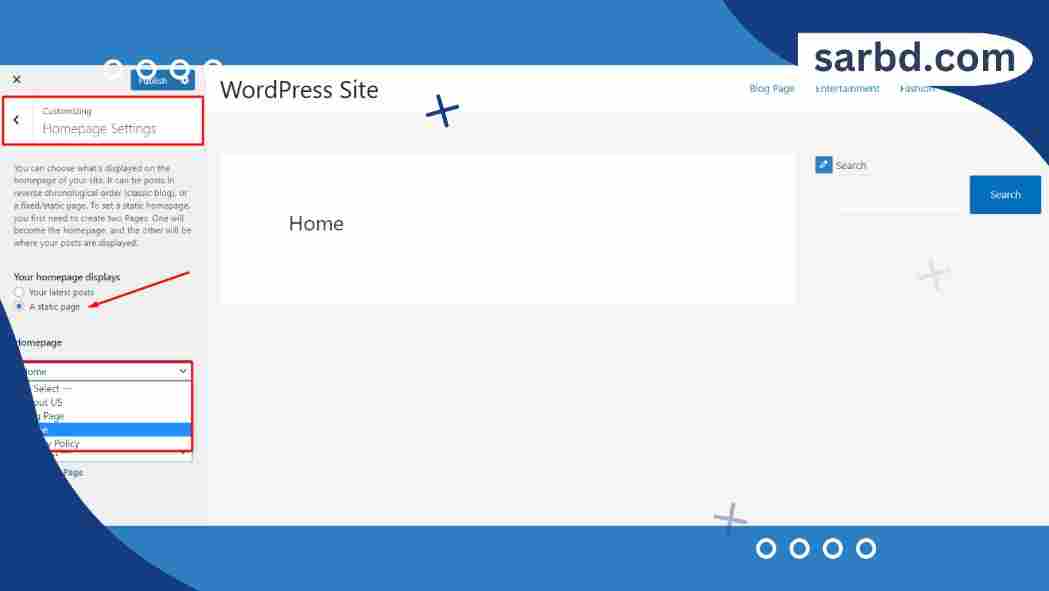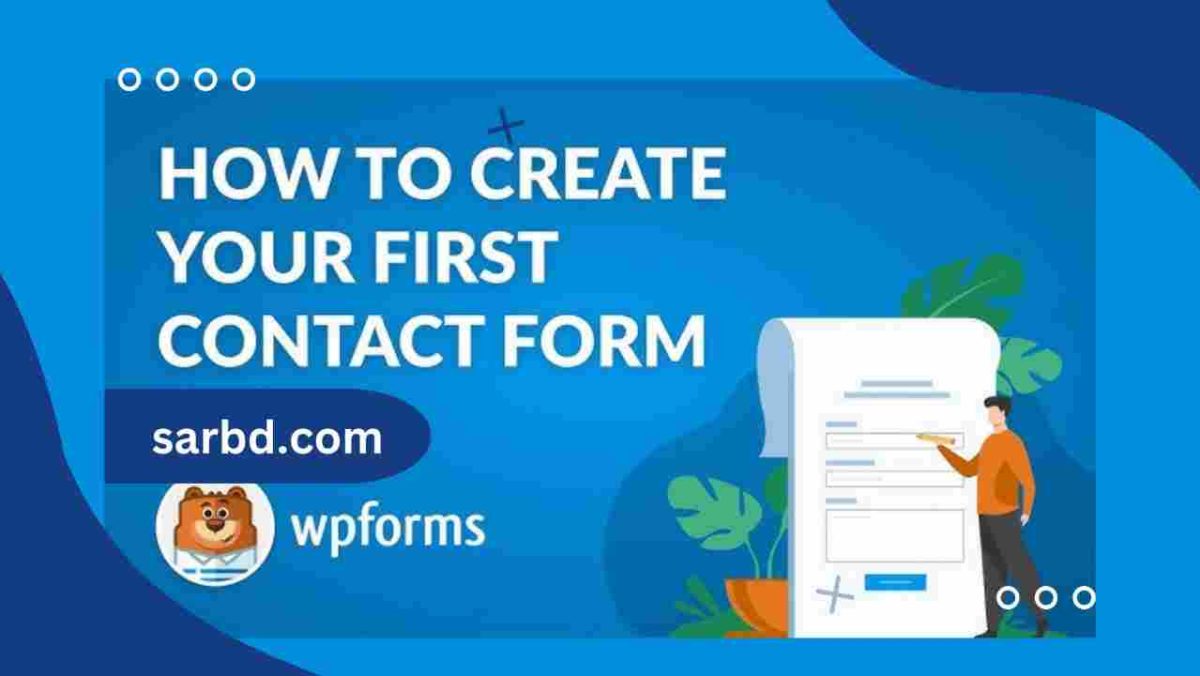How to Create a Custom Home Page in WordPress (3 Methods)
Introduction:
Creating a custom home page in WordPress can transform a basic website into a professional, dynamic platform that captures visitors’ attention. A personalized landing page not only reflects your brand’s personality but also helps guide users toward your content or products. In this guide on How to Create a Custom Home Page in WordPress (3 Methods), we’ll explore three proven methods that can accommodate both beginners and advanced users alike.
Introduction to Custom Home Pages in WordPress
- What Is a Custom Home Page?
Describe what a custom home page is and why it matters for website branding, functionality, and user engagement. Emphasize how custom pages can improve the user experience and serve different purposes compared to a typical blog layout. - Why Should You Consider Customizing Your Home Page?
Discuss benefits like greater control over design, brand consistency, increased conversions, and better SEO, and how each aspect ties into creating a custom home page.
Benefits of a Custom Home Page
- Enhanced User Experience
A custom home page can direct users to the most important sections of your site, improving navigation and engagement. List specific elements like call-to-action buttons, featured products, and quick links that guide users effortlessly. - Better SEO Performance
Describe how a custom home page allows you to incorporate targeted keywords (like How to Create a Custom Home Page in WordPress (3 Methods)) and optimize meta descriptions, headers, and images. - Improved Branding
Explain how a custom page helps you make a unique first impression, using your own visuals, logo, and layout to express brand personality.
Method 1: Using the WordPress Customizer
- Step 1: Access the WordPress Customizer
Guide readers through finding and accessing the WordPress Customizer in their dashboard, explaining how this tool allows for design adjustments with live previews. - Step 2: Set Up a Static Page
Detail the process of setting a static page as the home page, including creating a new page specifically for the home layout and selecting it as the site’s main landing page. - Step 3: Customize Layout Options
Highlight layout options in the Customizer, covering options for header images, color schemes, and widget placements. - Step 4: Add Widgets and Media
Discuss adding widgets for dynamic content, social media links, contact information, and testimonials. - Step 5: Adjust Visibility Settings
Explain how to control the visibility of elements on mobile vs. desktop views to create a responsive design.
Method 2: Using a Page Builder Plugin
- Step 1: Choose a Reliable Page Builder Plugin
Explain the importance of selecting a well-maintained plugin, like Elementor or Beaver Builder, to ensure stability and security. Offer pros and cons for popular page builders. - Step 2: Install and Activate the Plugin
Provide step-by-step instructions for installing a page builder plugin from the WordPress plugin directory and activating it. - Step 3: Explore Pre-Designed Templates
Describe how most page builders come with pre-made templates that can be customized. Mention specific design elements commonly included. - Step 4: Customize Using Drag-and-Drop Elements
Detail how to use drag-and-drop features, customize layouts, and add sections like portfolios, galleries, and testimonials. - Step 5: Fine-Tune and Publish Your Home Page
Outline the final steps in previewing, testing for mobile responsiveness, and publishing the page.
Method 3: Coding a Custom Template
- Step 1: Create a Child Theme
Describe how to create a child theme to ensure updates won’t override customizations, emphasizing its importance for long-term maintenance. - Step 2: Set Up a Custom Template File
Provide a brief overview of creating a new PHP file in the theme’s folder and adding basic code structure for the custom page template. - Step 3: Code the Layout Using HTML and CSS
Go into detail about structuring a home page layout with HTML, and applying styles with CSS. Mention sections like header, main, and footer. - Step 4: Integrate Dynamic Content with PHP
Explain using PHP to dynamically pull in WordPress content, like recent posts, categories, or custom fields. - Step 5: Set Your Custom Template as the Home Page
Guide users on setting the newly coded page as the site’s main landing page via the WordPress settings.
6. Tips for an SEO-Friendly Home Page
- Include Keywords Naturally
Explain how to strategically place keywords, like How to Create a Custom Home Page in WordPress (3 Methods), without overloading content or compromising readability. - Optimize Meta Tags
Discuss meta titles and descriptions, advising on how to make them compelling and keyword-rich for better search engine rankings.
Common Mistakes to Avoid
- Avoid Cluttered Designs
Describe why a clean design improves usability and how clutter can lead to high bounce rates. - Neglecting Mobile Optimization
Emphasize the importance of mobile responsiveness and tips for checking mobile views during design.
FAQs
- Can I use multiple methods to create my custom home page?
Briefly explain the possibility of combining methods, like using a page builder in conjunction with the WordPress Customizer.
Conclusion
Summarize the three methods covered for How to Create a Custom Home Page in WordPress (3 Methods) and encourage readers to choose the approach that best suits their needs. Reinforce that a custom home page can make a powerful difference in user engagement and conversions.




